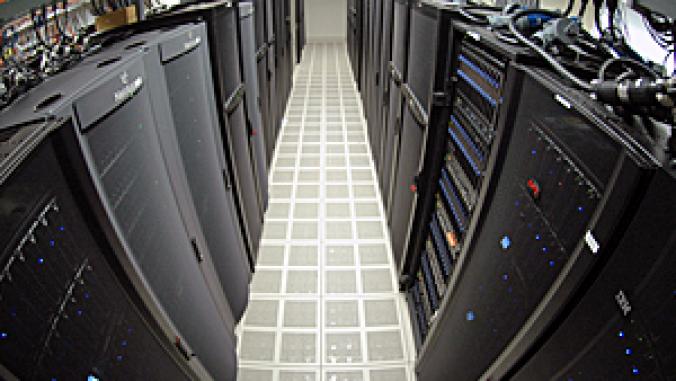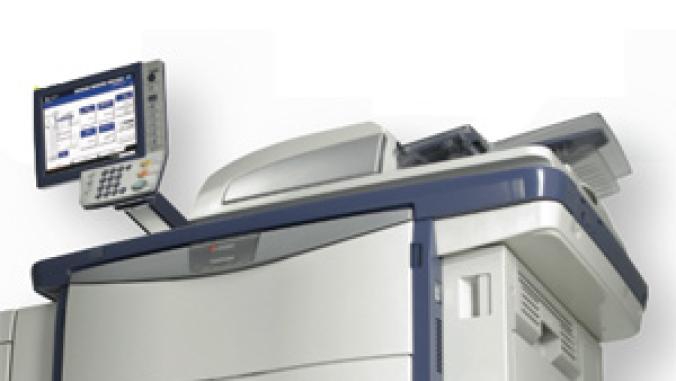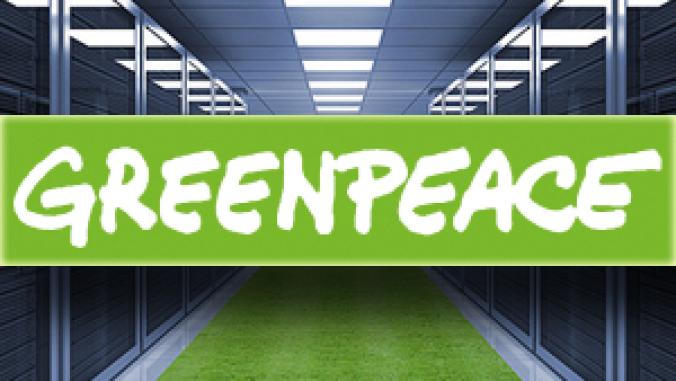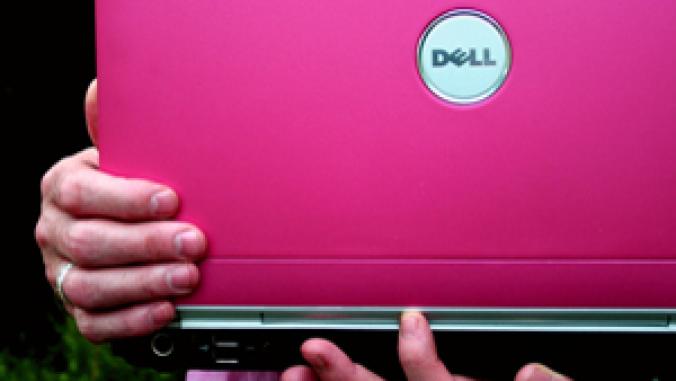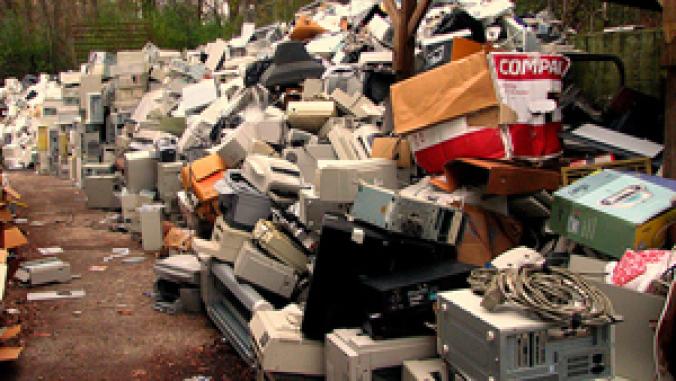Sony Ericsson Tops Greenpeace Guide, Nintendo Debuts at Bottom
Greenpeace's latest Guide to Greener Electronics shows big improvements by some companies and low starts for others.
Greenpeace's latest Guide to Greener Electronics shows big improvements by some companies and low starts for others.
The sixth edition ranks the toxic chemical and recycling policies of 18 PC, cell phone, TV and video game console manufacturers. Greenpeace looks at what companies are doing to eliminate hazardous substances from products and what they do in terms of taking back and recycling their products.
The scores are based on information publicly available at the companies' websites.
This is the first time TV and video game companies have been included in the Guide. Microsoft, Nintendo, Philips and Sharp all enter the list in the bottom four spots, with Nintendo being the first company to score a 0 out of 10.
At the top of the list, Sony Ericsson, with 7.7 points, took first place from Nokia, which fell to ninth. Sony Ericsson has improved its reporting on recycled cell phones, plans to eliminate brominated flame retardants by the start of 2008 and has released PVC-free phones since 2006.
Samsung and Sony, with 7.7 and 7.3 points respectively, also moved up, taking second and third. The remainder of the list includes Dell (4th, 7.3 points), Lenovo (5th, 7.3), Toshiba (6th, 7), LGE (7th, 7), Fujitsu-Siemens (8th, 7), Nokia (9th, 6.7), HP (10th, 6.7), Apple (11th, 6), Acer (12th, 5.7), Panasonic (13th, 5), Motorola (14th, 5), Sharp (15th, 4.7), Microsoft (16th, 2.7), Philips (17th, 2) and Nintendo (18th, 0).
In March 2007, Lenovo topped the list, and in June and September, Nokia was first.
Nintendo scored so low mostly because on its website it provides little to none of the information Greenpeace looks for. Nokia and Motorola each fell a number of spots partially for poor takeback practices in Thailand, Russia, Argentina, Philippines and India.
The Guide looks at nine criteria, checking to see if a company:
•Has a chemicals policy based on the Precautionary Principle, which means a company would substitute or eliminate a chemical or group of chemicals that were suspected but scientifically unknown to be causing environmental harm.
•Ensures banned or restricted substances are not used in its products.
•Has a timeline for phasing out vinyl plastic (PVC).
•Has a timeline for phasing out brominated flame retardants (BFR).
•Has PVC-free and BFR-free products.
•Supports Individual Producer Responsibility, meaning it has taken action to gets its own products back for reuse and recycling.
•Provides voluntary takeback of electronic waste in countries where it's not legally required.
•Provides information for customers about its takeback policy.
•Reports how much e-waste it collects and recycles.
The Guide to Greener Electronics was first released in August 2006, and new versions are put out every three months.
The sixth edition ranks the toxic chemical and recycling policies of 18 PC, cell phone, TV and video game console manufacturers. Greenpeace looks at what companies are doing to eliminate hazardous substances from products and what they do in terms of taking back and recycling their products.
The scores are based on information publicly available at the companies' websites.
This is the first time TV and video game companies have been included in the Guide. Microsoft, Nintendo, Philips and Sharp all enter the list in the bottom four spots, with Nintendo being the first company to score a 0 out of 10.
At the top of the list, Sony Ericsson, with 7.7 points, took first place from Nokia, which fell to ninth. Sony Ericsson has improved its reporting on recycled cell phones, plans to eliminate brominated flame retardants by the start of 2008 and has released PVC-free phones since 2006.
Samsung and Sony, with 7.7 and 7.3 points respectively, also moved up, taking second and third. The remainder of the list includes Dell (4th, 7.3 points), Lenovo (5th, 7.3), Toshiba (6th, 7), LGE (7th, 7), Fujitsu-Siemens (8th, 7), Nokia (9th, 6.7), HP (10th, 6.7), Apple (11th, 6), Acer (12th, 5.7), Panasonic (13th, 5), Motorola (14th, 5), Sharp (15th, 4.7), Microsoft (16th, 2.7), Philips (17th, 2) and Nintendo (18th, 0).
In March 2007, Lenovo topped the list, and in June and September, Nokia was first.
Nintendo scored so low mostly because on its website it provides little to none of the information Greenpeace looks for. Nokia and Motorola each fell a number of spots partially for poor takeback practices in Thailand, Russia, Argentina, Philippines and India.
The Guide looks at nine criteria, checking to see if a company:
•Has a chemicals policy based on the Precautionary Principle, which means a company would substitute or eliminate a chemical or group of chemicals that were suspected but scientifically unknown to be causing environmental harm.
•Ensures banned or restricted substances are not used in its products.
•Has a timeline for phasing out vinyl plastic (PVC).
•Has a timeline for phasing out brominated flame retardants (BFR).
•Has PVC-free and BFR-free products.
•Supports Individual Producer Responsibility, meaning it has taken action to gets its own products back for reuse and recycling.
•Provides voluntary takeback of electronic waste in countries where it's not legally required.
•Provides information for customers about its takeback policy.
•Reports how much e-waste it collects and recycles.
The Guide to Greener Electronics was first released in August 2006, and new versions are put out every three months.
